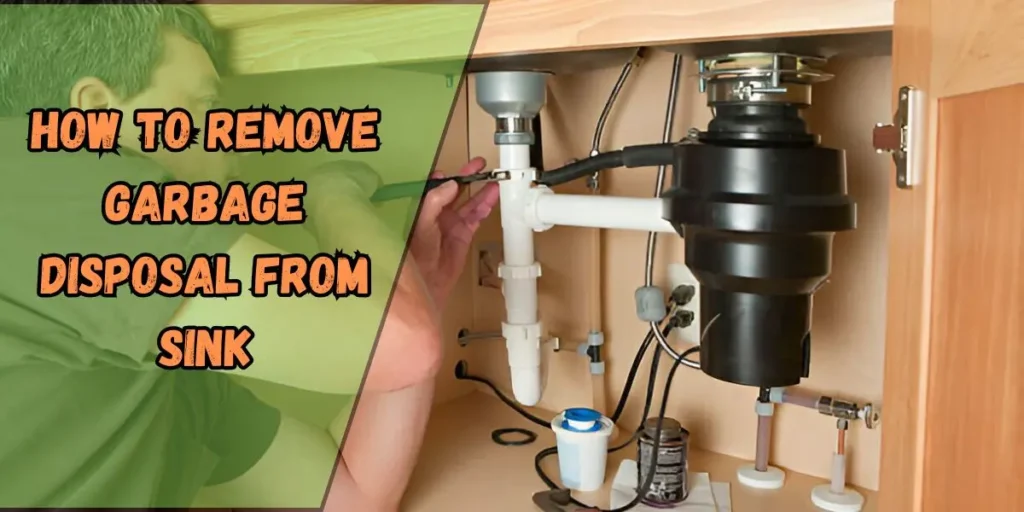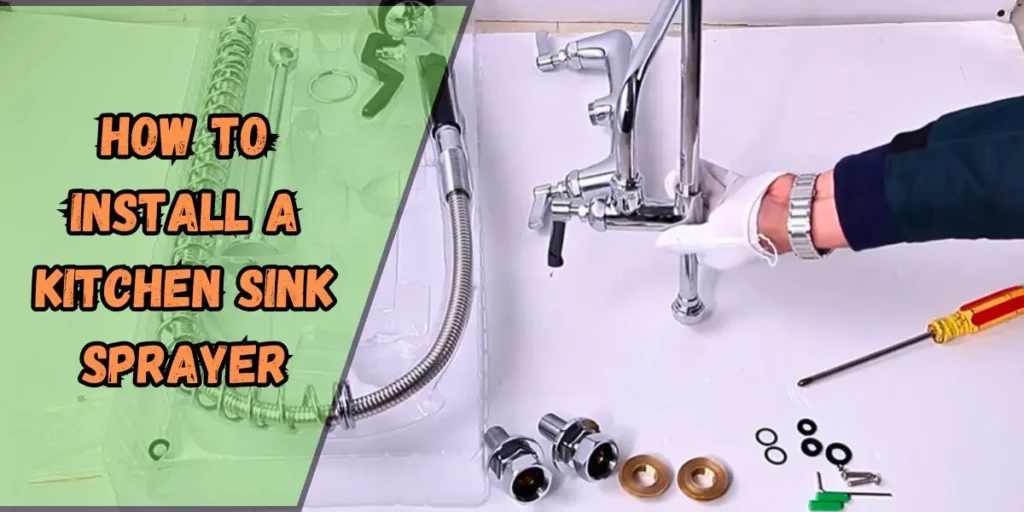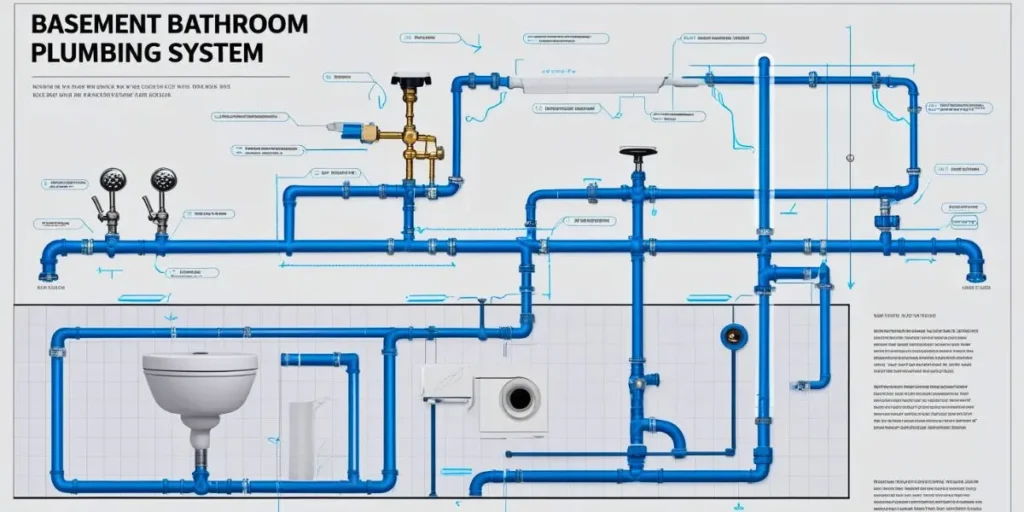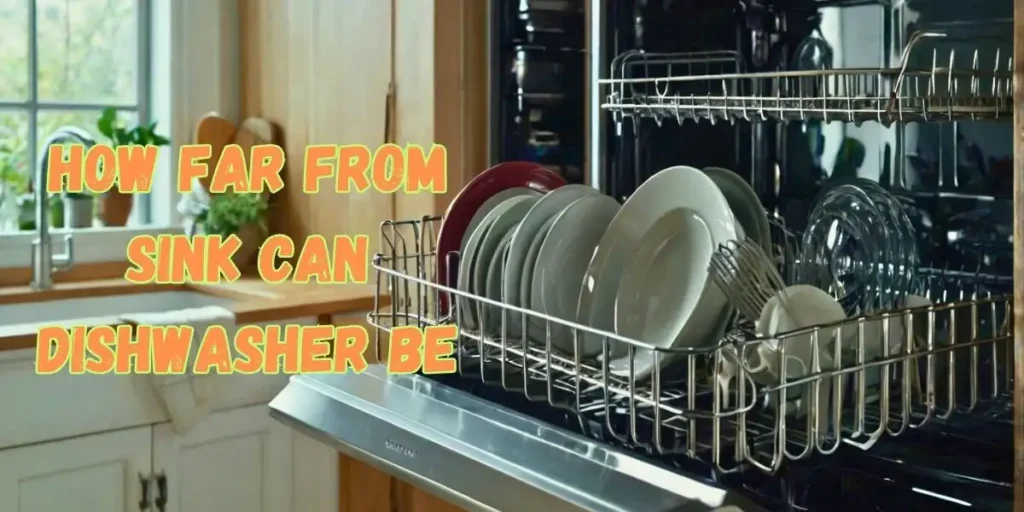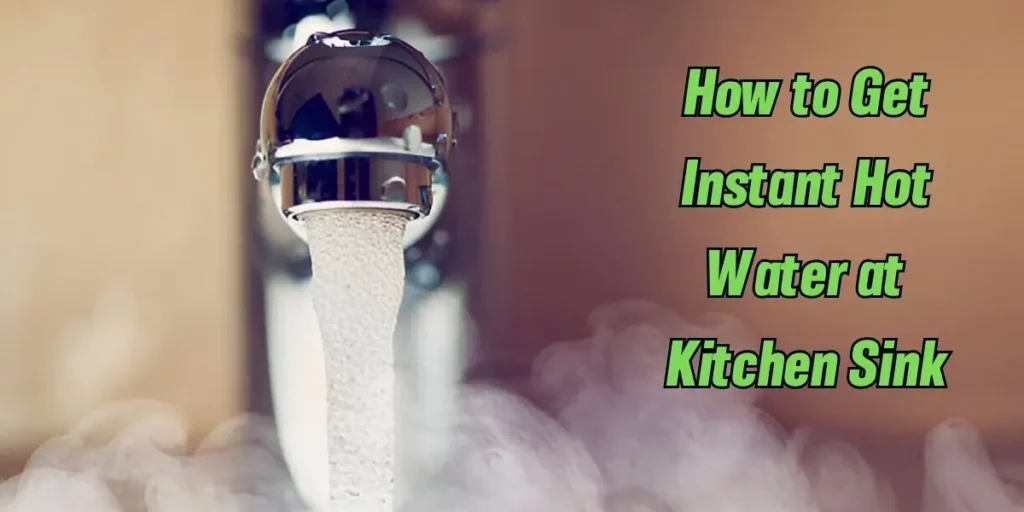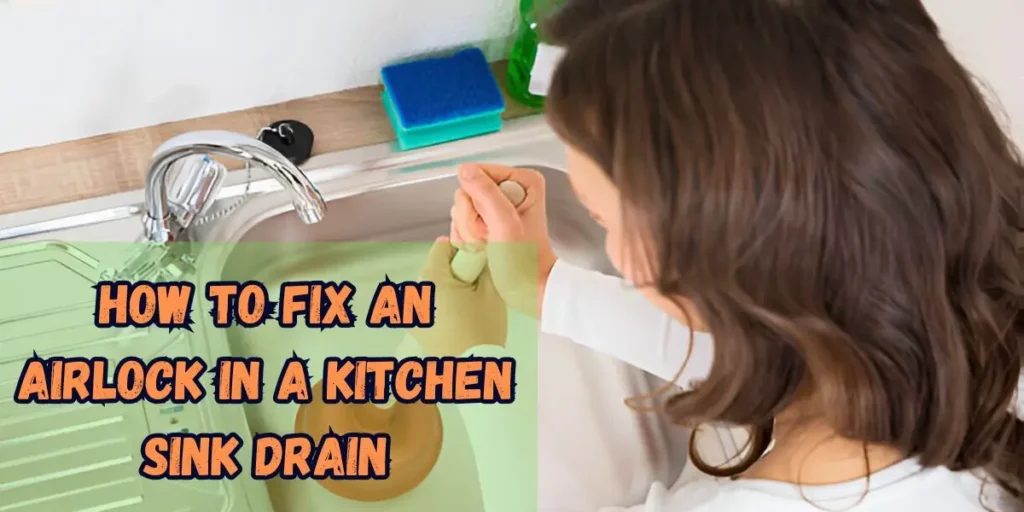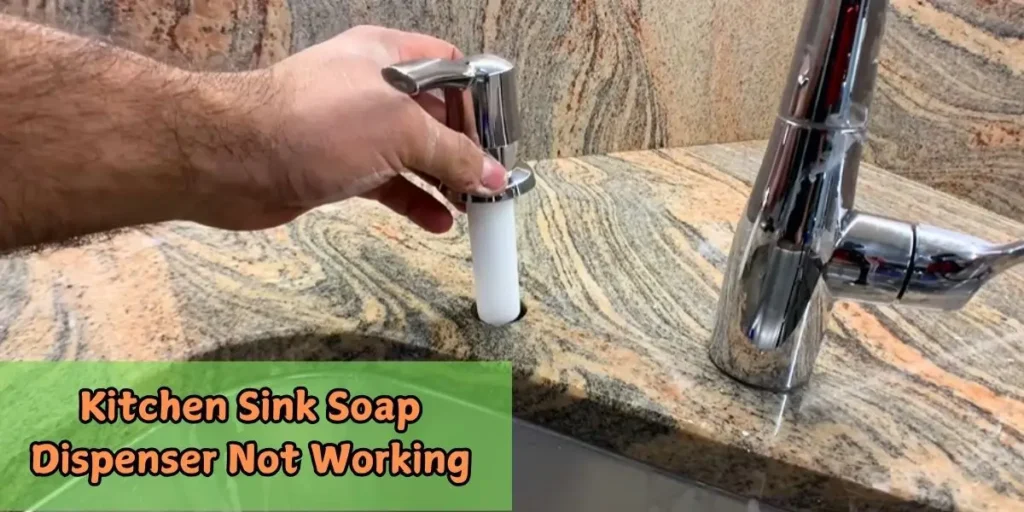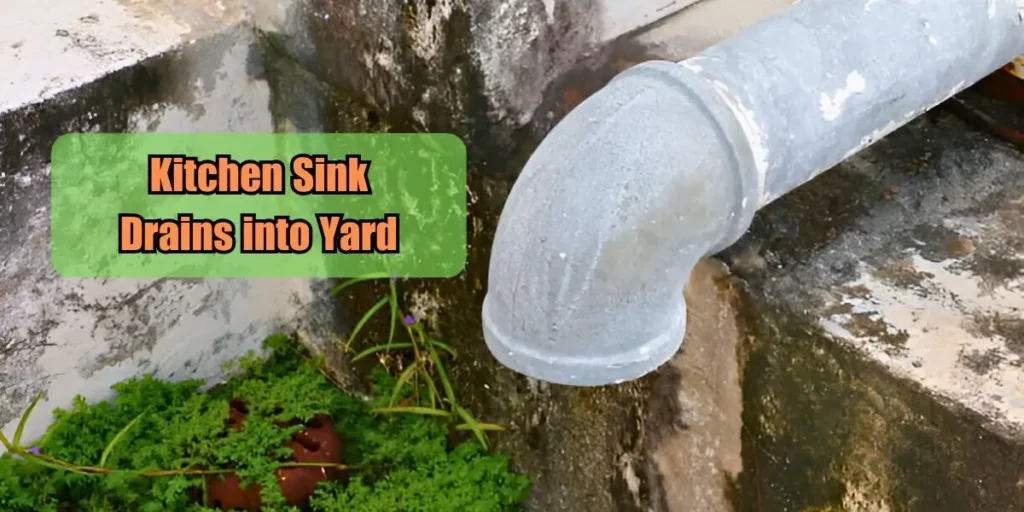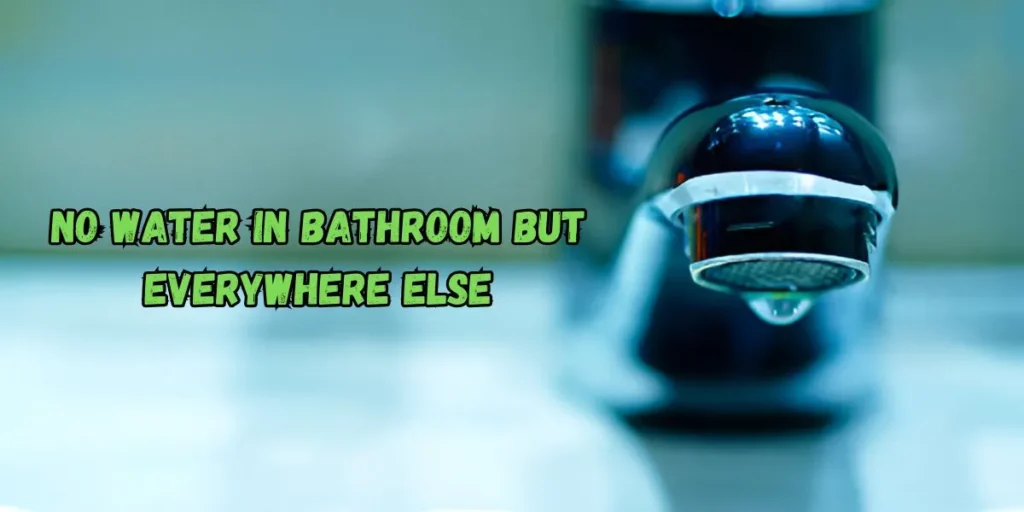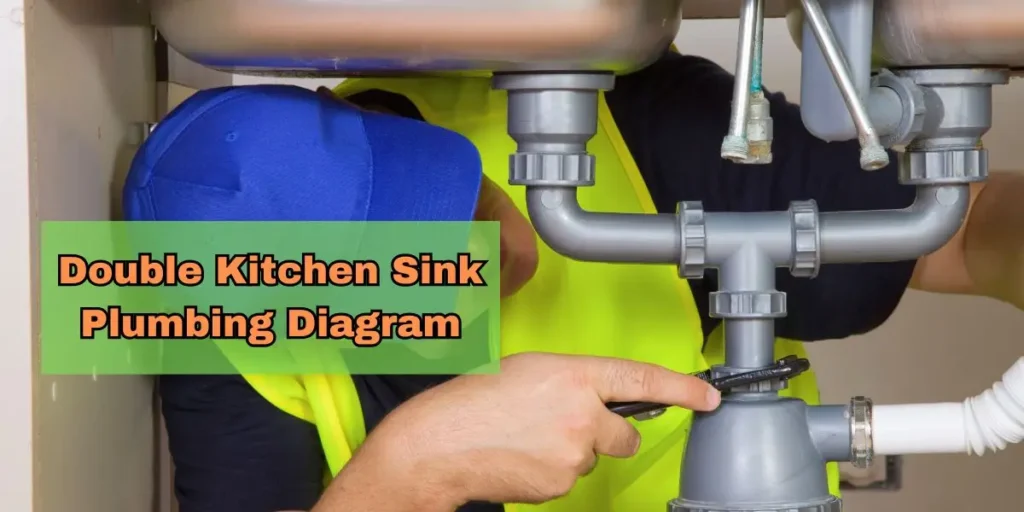Learn How to Fix a Leaking Sink Drain Without a Plumber
Fixing a leaking sink drain involves identifying the leak source, tightening connections, replacing worn-out gaskets, or applying a plumber’s tape. Regular maintenance and prompt repairs prevent costly damage and ensure efficiency.
Leaks in sink drains may seem minor, but they can cause significant problems if not fixed. They can lead to water damage, higher bills, and mold growth. The good news is that fixing a sink drain leak is easy and cost-effective. You don’t need to call a plumber for most repairs.
Following these simple steps, you can quickly fix the leak by checking your sink drain, finding the problem, and using the right tools. This guide will show you how to inspect your drain, find common issues, and make repairs. Your sink will work as well as new, saving you time, money, and stress.
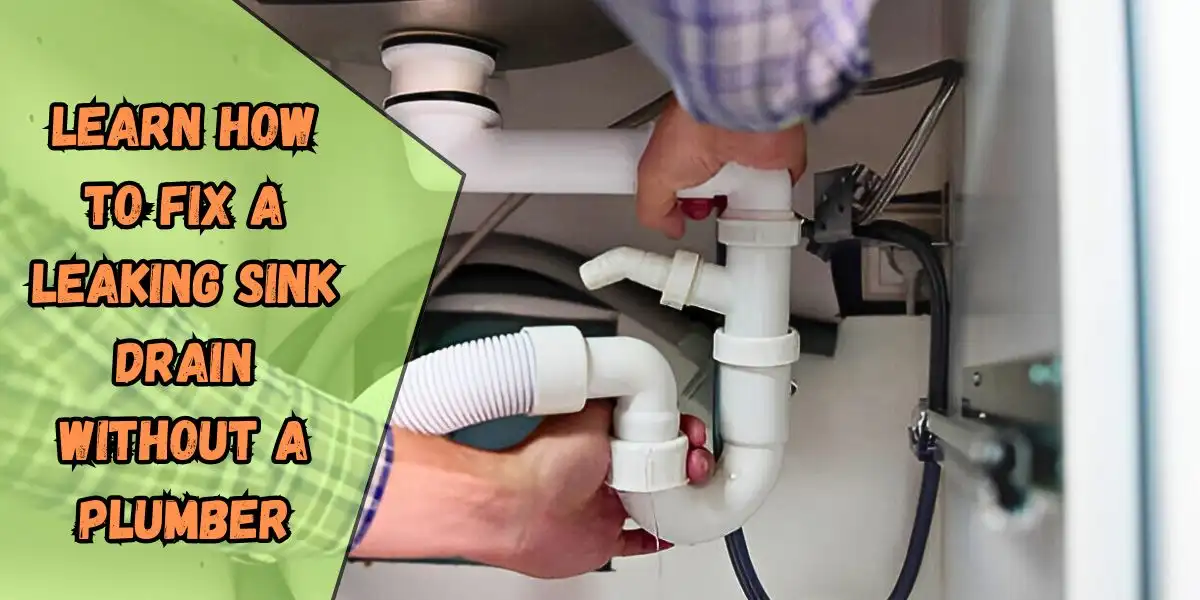
Tools and Materials Needed to Fix a Leaking Sink Drain
To fix a sink drain leak, you don’t need many tools. Here’s what you need:
Essential Tools
- Wrench – This helps tighten any loose bolts or nuts.
- Pliers – Use these to grip and turn small parts.
- Bucket – Put it under the drain to catch any water.
- Plumber’s Tape – Use this to seal any small leaks in pipes.
Materials You’ll Need
- Replacement Parts – New gaskets, washers, or fittings may be needed.
- Sealing Compounds – This helps to seal the joints tightly.
Bonus: Checklist
Here’s a quick checklist:
- Wrench
- Pliers
- Bucket
- Plumber’s tape
- Replacement parts
- Sealing compounds
Make sure you have all these items before you begin. It’s always good to check your drain for worn parts. Having the right parts on hand now will save you time. Once everything is ready, you’re all set to start the repair!
Understanding the Sink Drain Leaking System
Understanding how the sink drain system works is key to fixing a sink drain leak. This knowledge will help you identify and resolve the issue.
Key Parts of a Sink Drain
- P-trap – This curved pipe keeps water from flowing back and traps terrible smells.
- Tailpiece – The straight pipe that connects the sink drain to the P-trap.
- Gasket – A rubber or plastic ring that seals the parts and prevents leaks.
Where Leaks Often Happen
Leaks can happen anywhere in the drain system. These are the typical places:
- Loose Connections – Water can leak out if parts like the P-trap or tailpiece are not tight.
- Worn Gaskets – Gaskets can wear down over time and cause leaks.
- Cracked Pipes – Old pipes may crack and let water escape.
Why Understanding Helps
Knowing these parts helps you find the leak faster. You can tell if it’s a loose connection, a worn part, or something else. Once you know the problem, fixing it is much easier.
Related: How To Snake A Kitchen Sink Drain Roots
Diagnosing the Problem
Before fixing a leaking sink, it is essential to find where the leak is.
How to Find the Leak
Start by performing a visual inspection. Look closely at the pipes under the sink and check for water dripping or spots of wetness.
Next, try a water test. Turn on the water in the sink and watch closely. Look for new leaks and focus on where the water comes out.
Common Signs of Leaks
- Loose Connections – Water will leak out if the pipes aren’t tight.
- Worn Gaskets or Washers must be replaced if the gasket or washer looks flat or cracked.
- Cracked Pipes – Look for cracks or holes in the pipes. These cause leaks.
Identifying the Source
You know where the leak is when you see where the leak is when you. For example, if the leak is around a pipe connection, it’s probably a loose part. If the pipe is cracked, it needs to be replaced.
Step-by-Step Guide to Fixing a Leaking Sink Drain
Fix a leaking sink drain is a straightforward process. Follow these steps to repair your sink drain successfully.
Step 1: Turn Off the Water Supply and Clear the Area
Start by turning off the water supply. You can do this by turning the shut-off valves under the sink. After that, clear the area beneath the sink. Move anything that might be in your way. This gives you enough space to work.
Step 2: Inspect and Tighten Connections
Next, check the pipe connections. Look closely at where the pipes join. These spots are common areas for leaks. Use a wrench or pliers to tighten any loose connections. But be careful not to over-tighten; you don’t want to break anything.
Step 3: Replace Worn Gaskets or Washers
If tightening didn’t help, the gaskets or washers might be worn. These parts help seal the pipes tightly but can wear out over time. Look for cracks or worn edges. If you find any, replace them with new ones. Make sure the new gaskets or washers match the size of the pipes.
Step 4: Reseal with Plumber’s Tape or Sealant
If there’s still a leak, it’s time to reseal the connections. Wrap plumber’s tape around the threads of the pipes. Make sure to cover all the threads snugly. If you use sealant, apply a thin coat to the area before tightening the pipes. This will help prevent water from leaking out.
Step 5: Test the Repair for Leaks
Finally, turn the water back on. Run water through the sink to test it. Look carefully for signs of leaks. If you don’t see any, your repair was successful. If a leak remains, try tightening the connections again or adding more sealant.
Related: Why is my bathroom sink leaking underneath?
When to Call a Professional
Sometimes, fixing a sink leaking at drain is too tricky. Call a professional plumber if you’ve tried everything and the problem persists.
Signs You Need a Plumber
Here are a few signs that tell you it’s best to call in an expert:
- Leaks Keep Coming Back: If you fix the leak but it keeps returning, there may be a more significant issue you can’t see. It might be time to call someone who can spot the hidden cause.
- Cracked or Broken Pipes: If your pipes are broken or cracked, a plumber can fix or replace them.
- Stubborn Clogs: If you’ve tried to clear a clog but it won’t budge, a plumber has the right tools to do it safely.
- Complicated Plumbing: If your sink is part of a bigger plumbing system, a professional can handle the job without causing more damage.
Cost of Hiring a Plumber
Calling a plumber may seem expensive, but it can save money in the long run. A plumber will fix the leak quickly and ensure everything is done right, preventing even more significant problems, like water damage.
Preventive Maintenance Tips
Taking care of your sink drain can help avoid leaks. Here are a few easy and effective ways to keep it in good shape.
Regular Inspections
Check your sink drain every few months. Look for signs of wear, such as loose pipes or old seals. Finding minor issues early can save you time and money.
Keep It Clean
Clogs put pressure on your drain. Clean it with a plunger or a drain snake. Don’t pour grease or food scraps down it, as they can cause blockages.
Tighten Loose Connections
Pipes can get loose over time. Tighten them with a wrench, but don’t overdo it. Too tight can damage the pipes.
Seal Joints and Connections
When reassembling your sink, apply the plumber’s tape to the connections. This helps seal them better and prevents leaks.
Related: Bathroom Sink Drain Stopper Stuck In Closed Position
Conclusion
Fixing a leaking sink drain quickly is very important. If you wait too long, the leak can cause damage to your home. It can also increase your water bill. Ignoring it can lead to bigger, more significant issues that will cost more to fix later. This simple guide can stop the leak and keep your sink working well. Regularly checking your sink will help you avoid future leaks. This saves you time and money. If the leak is too hard to fix, don’t be afraid to call a professional plumber. Fixing the leak now will keep your sink in great shape for years.
Frequently Asked Questions (FAQs)
Sink drains leak due to loose connections, broken washers, worn seals, or cracked pipes. Regularly checking the drain helps you spot these issues early.
Yes, you can fix a leaking sink drain yourself. Tighten the connections, replace worn parts, and reseal with the plumber’s tape or silicone. It’s simple and cost-effective.
Tighten the connections, change old gaskets, and seal with the plumber’s tape or silicone. This will stop the water from leaking.
First, turn off the water. Then, disconnect the pipe, apply fresh PVC cement, and reconnect it tightly to stop the leak.
The best sealants are silicone sealant or plumber’s tape. They create a strong, waterproof barrier to prevent leaks.
The leak occurs when fittings are loose, washers are old, or pipes are cracked. To stop the leak, tighten or replace these parts.
For the repair, you’ll need a wrench, pliers, plumber’s tape, a bucket for excess water, and new parts like washers or gaskets.
Call a plumber if the leak happens after your repair or the pipe is cracked. They’ll fix the problem quickly and prevent further damage.
Related Posts
-
 Learn How to Remove Garbage Disposal From Sink 2025
Learn How to Remove Garbage Disposal From Sink 2025 -
 How to Install a Kitchen Sink Sprayer in Simple Steps 2025
How to Install a Kitchen Sink Sprayer in Simple Steps 2025 -
 Simple & Effective: Basement Bathroom Plumbing Diagram
Simple & Effective: Basement Bathroom Plumbing Diagram -
 How Far from Sink Can Dishwasher Be? Key Facts Explained
How Far from Sink Can Dishwasher Be? Key Facts Explained -
 How to Get Instant Hot Water at Kitchen Sink
How to Get Instant Hot Water at Kitchen Sink -
 How to Fix an Airlock in a Kitchen Sink Drain: A Step-by-Step Guide
How to Fix an Airlock in a Kitchen Sink Drain: A Step-by-Step Guide -
 Kitchen Sink Soap Dispenser Not Working? Here’s How to Fix It
Kitchen Sink Soap Dispenser Not Working? Here’s How to Fix It -
 Kitchen Sink Drains into Yard: Causes, Solutions
Kitchen Sink Drains into Yard: Causes, Solutions -
 No Water in Bathroom but Everywhere Else: Expert's Solutions
No Water in Bathroom but Everywhere Else: Expert's Solutions -
 Double Kitchen Sink Plumbing Diagram: A Visual Guide
Double Kitchen Sink Plumbing Diagram: A Visual Guide

